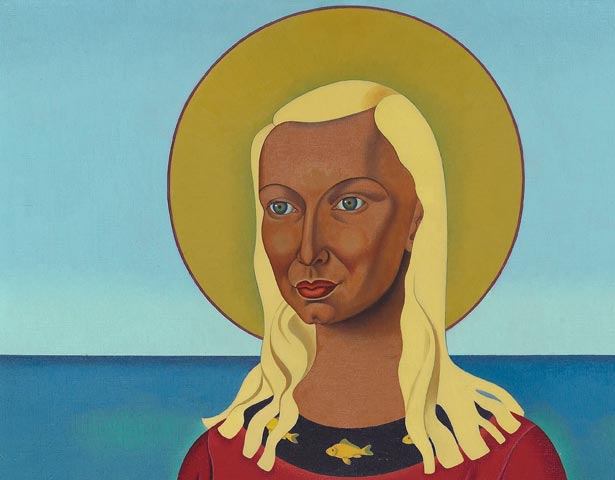
In the 19th and early 20th century New Zealand painting was dominated by a conservative English style. Landscape was the primary genre. The earliest painters were mostly ‘amateurs’: schoolteachers, housewives, ministers, politicians and surveyors. Their main aim was not to produce works of art but to record information about places. The styles and formulas they employed had little to do with the reality of the New Zealand environment – and more to do with accepted European modes of viewing the landscape.
Towards the end of the 19th century the arrival of several influential professional painters from Europe invigorated the local art scene. In the first decades of the new century, many of New Zealand’s more ambitious and talented artists travelled to Europe to study modern developments, such as cubism and fauvism, at first hand. Some returned home, but many did not, feeling the artistic environment here was too conservative and unsupportive.
During the 1930s and 1940s New Zealand painting developed a more distinctive identity, expressed largely through the regionalist style. After the Second World War, understanding and knowledge of modern international art increased. There was greater freedom of travel, art magazines and books became readily available, colour reproduction improved, and touring exhibitions exposed New Zealand artists to more avante-garde art.
The postwar decades also saw the beginning of a renaissance of Māori nationalism and culture. Younger Māori artists began producing works that can be seen as a synthesis of Māori and European art forms and practices.


